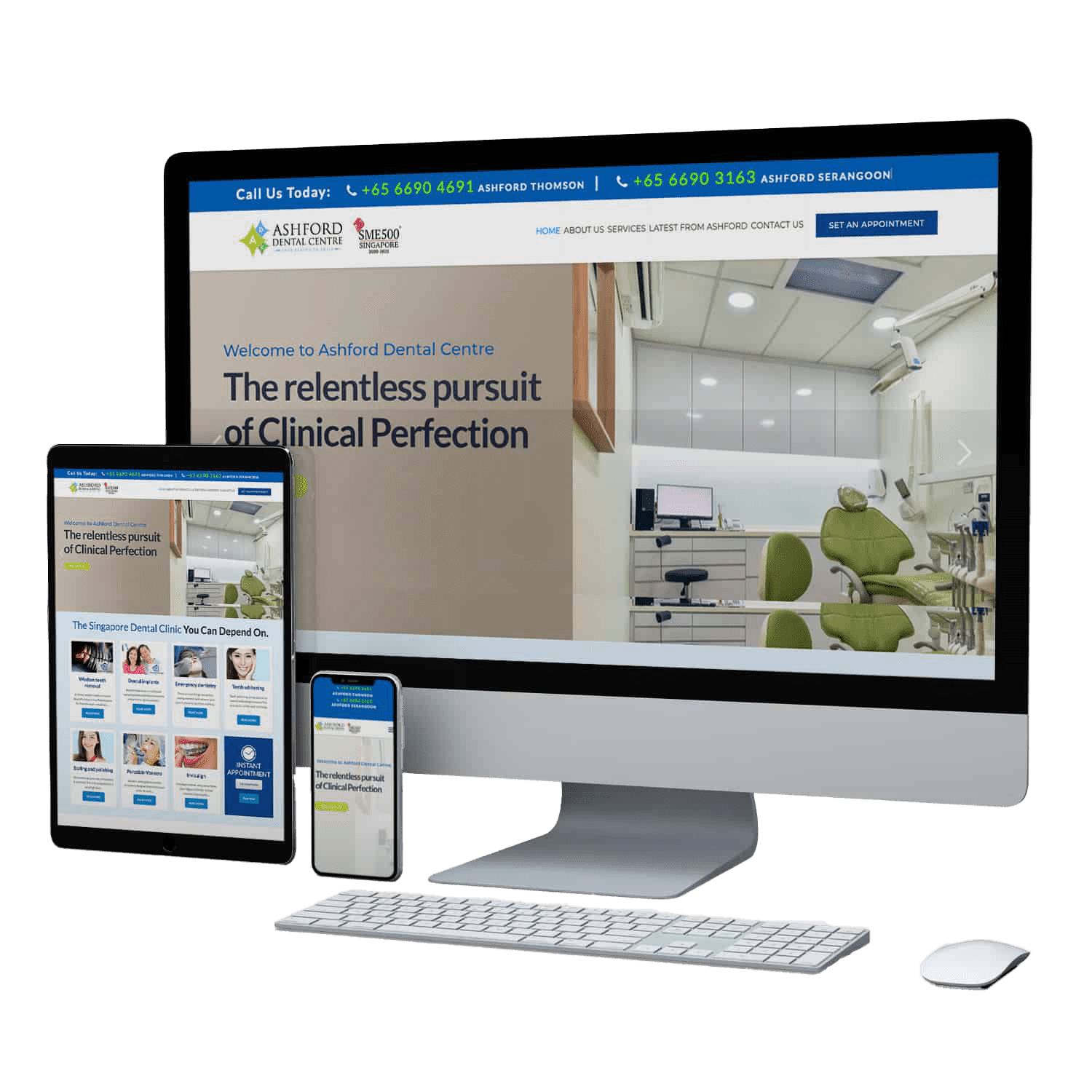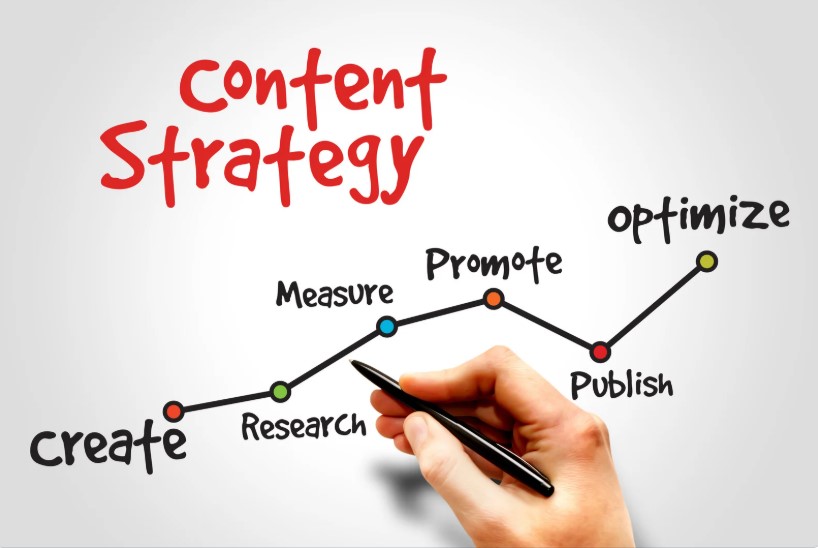The Power of Effective Appointment Setting
Appointment setting is one of the most essential aspects of any successful sales strategy. It’s the bridge between initial contact and closing a deal. When done effectively, appointment setting transforms cold leads into warm, engaged prospects ready to listen to your offer. The best appointment setters understand that every call or message is an opportunity to build trust and demonstrate value. Unfortunately, many businesses overlook this step or handle it inconsistently, leading to lost opportunities and low conversion rates. By learning proven appointment setting tips and tricks, sales professionals can create a steady flow of qualified meetings that drive results. It’s not just about booking time—it’s about setting the stage for meaningful business relationships.
Understanding the Appointment Setting Process
A strong appointment setting process begins with preparation and ends with confirmation. Successful salespeople start by identifying the right prospects to target. Understanding who your ideal client is allows you to craft a personalized approach that feels authentic. Once you’ve pinpointed the right audience, the next step is crafting the perfect outreach message that highlights the value you can provide. The process doesn’t stop there; effective follow-up ensures that interested prospects don’t slip through the cracks. Timing also plays a major role—reaching out at the right time of day or week can drastically increase your chances of success. To stay organized, using customer relationship management (CRM) software helps track conversations, schedule reminders, and automate follow-ups. Each step contributes to building a seamless and efficient appointment setting system that converts interest into action.
Essential Skills Every Appointment Setter Should Master
Appointment setting requires more than just good communication—it’s an art that blends psychology, timing, and technique. Active listening is one of the most critical skills. When you truly hear what the prospect is saying, you can tailor your responses to address their specific pain points. Empathy is another key factor; showing genuine understanding builds trust quickly. A confident yet conversational tone makes your pitch sound natural, not scripted. Another must-have skill is handling objections gracefully. Instead of getting discouraged, skilled appointment setters view objections as opportunities to clarify value. Time management also plays a big role—successful setters plan their calls, emails, and follow-ups strategically to maximize productivity. Finally, persistence and resilience ensure that even after rejections, you continue moving forward toward your goals.
Proven Appointment Setting Tips and Tricks That Work
To master appointment setting, it’s important to use strategies that have been proven effective across industries. Start with a powerful opening line that captures attention immediately. Avoid robotic scripts and instead craft personalized messages that speak directly to your prospect’s needs. Always highlight the benefit of the meeting rather than focusing solely on your product or service. Incorporate curiosity-driven statements that spark interest and make the prospect want to learn more. Follow-up is another essential element—many appointments are booked only after the second or third contact attempt. The key is to stay consistent without being pushy. Diversify your communication methods to meet prospects where they are.
Here are some effective appointment setting tips to apply:
- Personalize every message and mention something specific about the prospect or their business.
- Use short, value-packed subject lines for your emails.
- Schedule follow-ups within 48 hours of the initial contact.
- Use LinkedIn to research prospects before reaching out.
- Always confirm appointments the day before to avoid no-shows.
These small but powerful adjustments can significantly increase your booking rate and overall sales performance.
Tools and Technology to Improve Appointment Setting Efficiency
Today’s appointment setters have access to powerful tools that simplify the entire process. Customer relationship management (CRM) platforms like HubSpot, Zoho, or Salesforce help track leads, automate follow-ups, and record communication history. Scheduling tools such as Calendly or Acuity make it easy for prospects to book meetings at their convenience. Email automation software allows you to send follow-up sequences without manual effort. Artificial intelligence (AI) tools can even help craft personalized messages or analyze call performance. Using data analytics, you can track metrics like response rates and conversion percentages to identify what’s working. Integrating these systems creates a smooth workflow from prospecting to booking. Embracing technology doesn’t replace the human touch—it enhances it by giving appointment setters more time to focus on meaningful conversations.
Appointment Setting Strategies for Different Sales Scenarios
Not all appointment setting techniques work the same way in every situation. B2B appointment setting often requires a longer nurturing process since multiple decision-makers are involved. In contrast, B2C appointment setting tends to be more direct and emotionally driven. For cold calls, the focus should be on grabbing attention within the first few seconds and quickly establishing relevance. Warm leads, on the other hand, need a more personalized approach that builds on previous interactions. Service-based businesses should emphasize results and testimonials, while product-based companies should focus on features that solve a problem. Tailoring your strategy to your specific sales scenario helps you connect with prospects in a more meaningful way. The more you adapt to your audience’s needs, the higher your success rate will be.
Building a High-Performing Appointment Setting Mindset
Mindset plays a major role in appointment setting success. It’s not uncommon to face rejection or hear “no” multiple times before securing a meeting. Developing resilience helps you stay focused and positive through these challenges. A successful appointment setter understands that every rejection is one step closer to a “yes.” Setting daily goals helps maintain momentum, while celebrating small wins reinforces progress. Confidence grows through consistency—each call or message becomes a learning opportunity. A growth mindset encourages continuous improvement and adaptability in an ever-changing sales landscape. Staying motivated also involves keeping your purpose clear: you’re not just setting appointments, you’re opening doors for business opportunities and lasting relationships.
Measuring Appointment Setting Success
Tracking performance is essential to improving appointment setting results. Key performance indicators (KPIs) such as conversion rates, show-up rates, and response times reveal how effective your approach is. Analyzing call recordings or email responses can help identify which parts of your pitch resonate most. It’s important to evaluate both quantity and quality of appointments. Booking fewer high-quality meetings often leads to better sales outcomes than scheduling many unqualified ones. Gathering feedback from both clients and prospects can also provide valuable insights for refining your communication strategy. Regularly reviewing your data allows you to adjust your approach, scripts, and timing. By treating appointment setting as a measurable process rather than guesswork, you create a system that consistently produces results.
Frequently Asked Questions (FAQ)
What are the best practices for cold calling when setting appointments?
Keep your opening line concise and engaging. Focus on the prospect’s needs rather than your pitch, and always end with a clear next step.
How many follow-ups should I make before giving up on a lead?
Typically, 5 to 7 follow-ups spaced out over several weeks is ideal. Persistence often pays off in appointment setting.
What tools can help automate the appointment setting process?
Tools like HubSpot CRM, Calendly, and Mailchimp streamline outreach, scheduling, and follow-ups efficiently.
How do I handle prospects who keep rescheduling or canceling?
Be flexible but firm. Offer alternative times and reinforce the value of the meeting to maintain their interest.
Can appointment setting be outsourced, and is it effective?
Yes, many businesses outsource appointment setting to trained professionals who specialize in lead generation. It can be highly effective when done with clear communication and quality control.
Takeaway
Mastering appointment setting takes skill, strategy, and persistence. By applying effective appointment setting tips and tricks, you can transform the way you connect with prospects, improve your conversion rates, and grow your business. Every appointment is a potential partnership waiting to happen. With the right mindset, tools, and techniques, you can book more meetings, close more deals, and elevate your sales performance to the next level.















